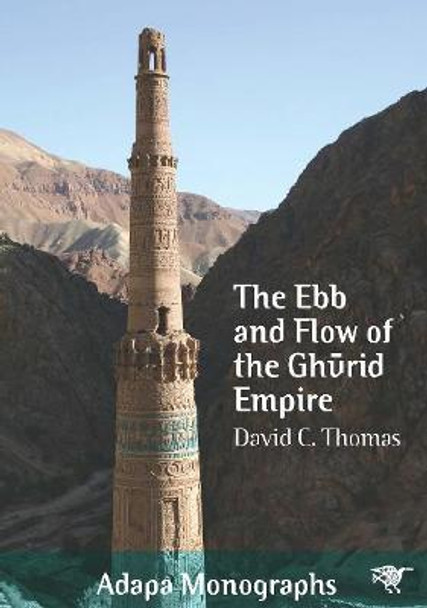Description
The iconic minaret of Jam stands in a remote mountain valley in central Afghanistan, the finest surviving monument of the enigmatic 12th-century Ghurid dynasty. The rediscovery of the minaret half a century ago prompted renewed interest in the Ghurids, and this has intensified since their summer capital at Jam became Afghanistan's first World Heritage site in 2002.
Two seasons of archaeological fieldwork at Jam, the detailed analysis of satellite images and the innovative use of Google Earth have resulted in a wealth of new information about known Ghurid sites, and the identification of hundreds of previously undocumented archaeological sites across Afghanistan.
Drawing inspiration from the Annales school and the concept of an 'archipelagic landscape', David Thomas has used this data to reassess the Ghurids and generate a more nuanced understanding of this significant Early Islamic polity.
Some supplementary appendices for this title can be found at https://ses.library.usyd.edu.au/handle/2123/17842
In this archaeological analysis of the Ghurid dynasty, David Thomas provides a deeper understanding of this renowned Early Islamic polity.
About the Author
David C. Thomas is an honorary associate in archaeology at La Trobe University.
Reviews
' ... this work of synthesis is quite significant, constructing an interdisciplinary image of Ghurid urbanism at Jam as well as the broader material footprint of Ghurid territorial politics through
multiple Afghan landscapes.'
Book Information
ISBN 9781743325414
Author David C. Thomas
Format Paperback
Page Count 338
Imprint Sydney University Press
Publisher Sydney University Press
Weight(grams) 400g
Dimensions(mm) 250mm * 176mm * 27mm








